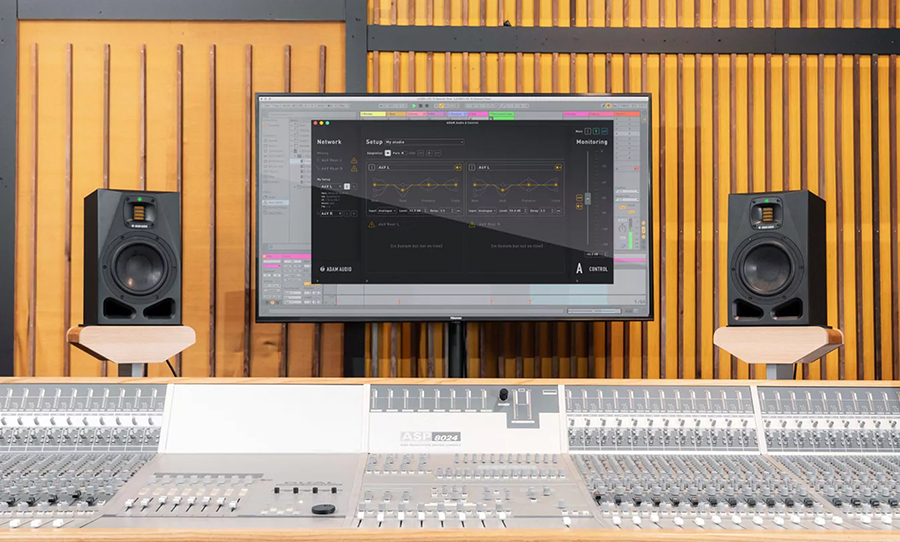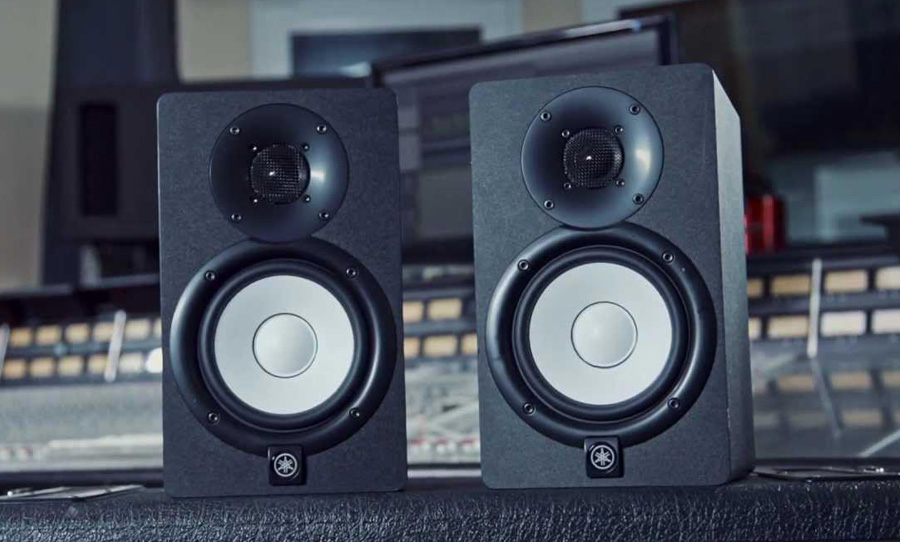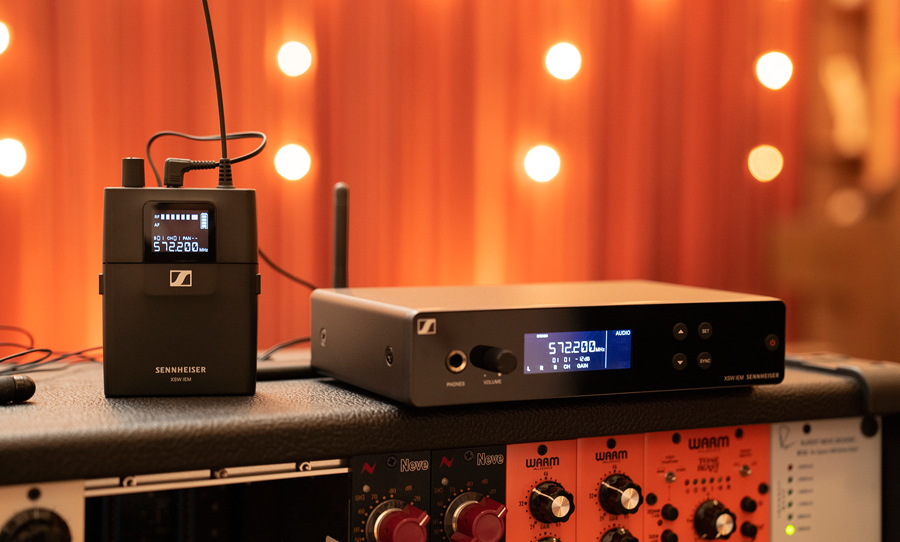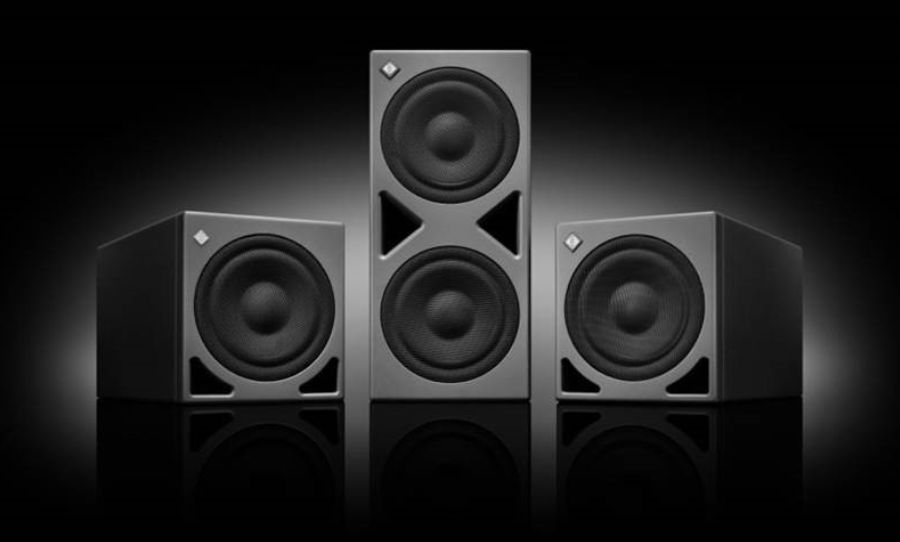Whatever your mixing needs are, there’s a pair of monitors out there that can meet the challenge. Here are the best studio monitors around in 2022.
You wouldn’t necessarily think that there is that much more territory to explore in the field of studio monitors. Yet companies are more willing than ever to compete for the hard-earned dollars of studios and home audio enthusiasts. As a result, the best studio monitors just keep getting better.
Of course, the studio scene has changed much in recent years. Gone are the days when a pair of Yamaha NS10s were plonked on the meter bridge of an SSL. Nowadays, the mix engineer is likely to be working in a smaller room and the large format console has long since fallen by the wayside.
Therefore, cost-effective and precise monitoring for a wide range of acoustic environments has never been more important. Read on as we list the 10 best studio monitors to work on this year.

Adam Audio A Series
The name of the game these days in studio monitors: versatility. People are creating top-quality audio in a variety of acoustically challenging environments, and Adam Audio proved itself within these spaces with its AX Series. Their new A Series is a successor series of the multi-award-winning and long-time best-selling AX Series.
Ranging from the smaller studio-appropriate A4V to the industry standard A7V and then the A77H — three-way midfield monitor, they cover a multitude of bases in terms of size, feature set and price. This range comes with DSP-based voicing, EQ and room correction options that can be controlled remotely and in real-time via the free-to-download A Control software.
Visit Adam Audio for more details.

Neumann KH 150
These are a fresh drop, September 2022 in fact, and Neumann is entering the nearfield game with its DSP-powered, bi-amplified studio monitors.
Not only do they look stunning, but they also carry that Neumann professional standard with the highest linearity, lowest distortion, and no colouration.
Don’t be fooled, The frequency response in the KH 150 are from 39 Hz to 21 kHz, and they use their internal DSP to be paired with Neumann’s MA 1 (Sold Separately) which allows for room calibration.
For more info head over to Neumann.

IK Multimedia iLoud Precision series
IK Multimedia’s iLoud monitors seem to defy physics when they were released in November 2021. They have the sleek look of a domestic computer monitor, rather than the classic bulky affair that you might spy in a studio. In 2022, they reinvented these with the iLoud Precision Series featuring 3 configurations — the iLoud Precision 5, Precision 5 and Precision MTM.
These have a better response than the previous series with an extended 36 Hz – 30 kHz range. Plus, you can further calibrate the monitor pair’s response to your room with the built-in ARC system and they Includes X-MONITOR software with 20+ iconic monitor emulations and extended voicing control.
Visit IK Multimedia for more details.
Kali Lone Pine
If you’re in the market for solid monitors and your budget is tight, the Kali Lone Pine series is here for you. Shipping in 6.5-inch and 8-inch configurations, you get a lot of volume and width in frequency spectrum for your buck.
The LP-6 and LP-8 prioritise ease of operation, but still offers substantial tweakability in the form of Boundary EQ Control. This allows the user to shape the response of the monitor to the environment. The Californian company has made quite an entry into this crowded market and have successfully gained attention.
Visit Kali Audio for more.
PMC Result6
In sharp contrast to Kali, PMC usually makes its bread and butter in the upper echelons of the studio world. The Result6 monitor pair, though still ten times more expensive than the Kali Lone Pine series, this is actually an entry-level PMC speaker.
What you get though is remarkably impressive. Their unique ATL design is onboard, delivering unparalleled, uncoloured bass extension. Their proprietary D-Fins provide a wide high-frequency sweet spot, making them versatile in a range of environments. Definitely a pair to consider if you’re looking at taking your monitoring game up a notch or two.
Visit PMC for more details.
KRK Classic 5
The yellow cones of KRK have become almost as recognisable as the white cones of Yamaha. There’s a lot of variety these days, but there was a time when KRK well and truly had the home studio monitor market cornered.
The Classic 5 shows us how this became the case. A versatile monitor that takes its cues from the famed Rokit line, it provides physical solidity, consistency of performance and unparalleled bang for buck in the realm of studio monitors.
Visit KRK for more details.

Focal Shape 65
Crafted in France, the Focal Shape 65 has the air of a luxurious hi-fi speaker — its walnut grain wouldn’t look out of place in any expensive bookshelf. But make no mistake — there is a lot of high-powered tech that helps these small studio monitors punch well above their weight.
The headline feature is the passive radiators that reside on the sides of the speakers. They are the same size as the woofer and support the Shape 65’s low-frequency output. Not bad for a set of nearfield monitors, that also provides angling options for desktop monitoring.
Visit Focal for more details.
Genelec 8000 series
Genelec has made some of the best studio monitors in the world over the decades and 8000 series represents the pinnacle of their active two-way monitoring line. Offering up a range of sizes designed to fit all budgets and nearfield needs, they’re equally at home in the professional or project studio.
Simple to operate and setup anywhere, they range from the affordable and tiny 8010A — which offers remarkable performance on the strength of a 3-inch driver — all the way to the monstrous 8050B, which can reproduce frequencies down to 32 Hz. If an ‘industry standard’ is possible in this crowded field, the 8000 series is surely it.
Visit Genelec for more details.
Kii Three
Kii is one of the newer players on the scene, but it has made one hell of an impact. They’ve gone straight for the top in terms of clientele, with Radiohead and Beck producer Nigel Godrich, mastering legend Bob Katz and many more high profile artists and engineers swearing by the Kii Three.
The revolutionary design of the Kii Three means that there are extraordinary frequency response specifications on offer. But the headline feature is directional bass. Bass is more or less omnidirectional in conventional studio monitors, yet the Kii Three has somehow pulled off a magic trick, pointing bass frequencies directly at the ears of the mixer, making them perform consistently in any environment.
Visit Kii for more details.
Eve Audio SC203
The Eve Audio SC203 is the dark horse in the pack. Ostensibly, they have a domestic look to them, which is exacerbated by its desktop-friendly design. Don’t underestimate this pair though — they definitely pack a punch.
You shouldn’t expect to be accurately EQing 808 sub kicks on these 3-inch drivers, but like the Focal Shape 65, these monitors feature a passive radiator which helps them to reach into the lower octaves with minimal distortion. If space is tight, or low volume is a priority, you could do a lot worse than these studio monitors.
Visit Eve Audio for more details.

Yamaha HS Series
Yamaha is no stranger to this field. Their NS10 model is widely regarded as one of the best studio monitors ever created — but not because of any ‘pleasant’ character. They specialise in delivering that essential mid-range without fear or favour. In other words, the ‘truth’ of your mix.
It’s no surprise then that Yamaha has sought to recreate this phenomenon with the HS series. They’ve offered them up in a range of sizes to suit a multitude of nearfield needs and most importantly, transplanted the NS10 philosophy into a modern workflow — no-nonsense, transparent monitoring, all at a very competitive price.
Visit Yamaha for more details.



